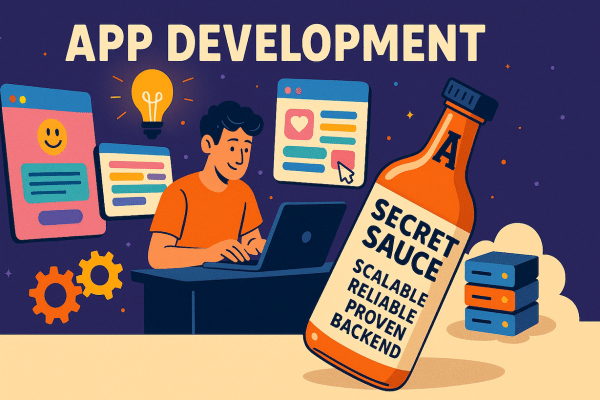Custom UI Components in Backendless UI Builder
Custom UI Components are the latest innovation to introduced in UI Builder. This new release offers you the full flexibility of code on the frontend, fully integrated into your Codeless application. Read all about it here!
What Are Internal Tools? The Ultimate Guide
It is often said that the secret to success is knowing how to use tools. Tools like Microsoft Office, and Photoshop are ubiquitous in the workplace. But there are many more tools out there for you to learn about – Internal Tools or Admin Tools – which can help make your work life easier.
Create Your Own Free Instagram-Like App Clone
There are plenty of Instagram alternatives in the kingdom of social media, but many of those different platforms on the app market fail to match the fun and functionality of the popular social photo-sharing service. You can easily build your own Instagram clone using Backendless.
Editable Calendars In The Service Booking App Blueprint
Editable calendars are an increasingly valuable digital tool in our modern era of zoom meetings, remote get-togethers, and busy lives. The Appointment Booking App Blueprint gives you a customizable framework for building your own editable calendars.
How To Integrate A Bubble App With A Backendless Backend
Bubble.io is one of the most popular no-code app builders on the market. When you integrate a feature-rich no-code Backendless backend with your Bubble app, you get a visual relational database, user management, bulletproof security, highly-scalable serverless hosting, and much more.
Workflow Automation With Backendless And Zapier
Zapier lets you automate workflows by using trigger events to initiate actions. In this article, we show you how to automate sending an email in response to an object being created in your Backendless database.
Workflow Automation With Zapier – Detailed UI Builder Form Setup
Zapier lets you automate workflows by using trigger events to initiate actions. In this demo, we show you how to automate sending an email in response to an object being created in your Backendless database.
Creating A Language Translator With Zapier
In this article, we show how easy it is to integrate a translation service into your Backendless app using our Zapier integration.
How To Add A “Show Password” Option In UI Builder
It is quite common in UIs to include an “eye” icon right next to the password input field (which has masked input by default) to display the entered password. This recipe describes how to implement it in UI Builder.
